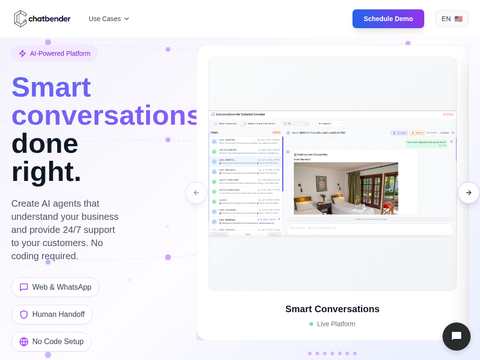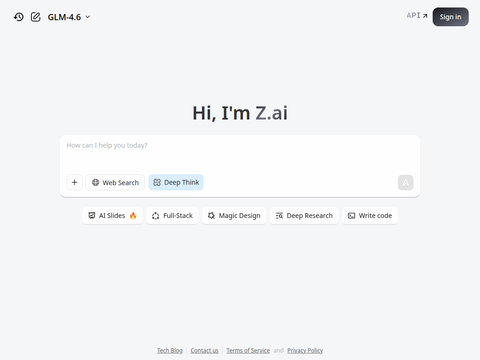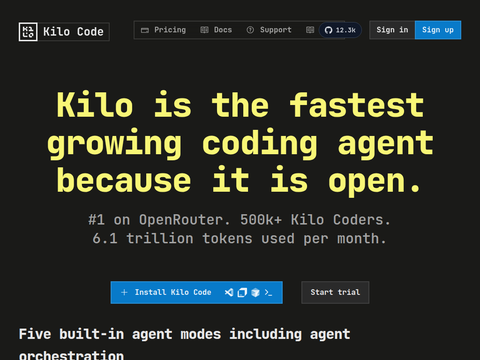Amazon Web Services (AWS) today announced the general availability of Kiro, a new AI-powered development environment designed to accelerate software creation through natural language prompts.
Unlike other “ambient coding” tools on the market—such as Cursor and Windsurf—Kiro begins by generating a formal “specification” from the user’s initial prompt. This spec includes clearly defined requirements, structured design decisions, and test-validated implementation tasks before any code is written.
According to AWS, this approach makes Kiro one of the few AI coding agents that inherently embeds industry best practices into the specification and planning phase of software development.
In addition to its general release, AWS also unveiled team collaboration capabilities for Kiro. Development teams can now onboard via AWS IAM Identity Center, with support for additional identity providers coming soon. Administrators gain control over access management, subscription allocation, overage toggling, cost monitoring, AI tool integrations, and consolidated billing.
Teams can collaboratively author “Guides”—persistent knowledge documents that steer Kiro’s behavior. Instead of repeatedly explaining organizational coding standards or personal preferences in every chat session, Guides give Kiro a consistent understanding of preferred patterns, libraries, and conventions. These are stored as human-readable Markdown files written in natural language, functioning like any other prompt.
Users can create Guides tailored to individual developers, specific projects, or entire teams, enabling multi-layered personalization and ensuring alignment with team-wide expectations.
AWS also introduced a new integrated development environment (IDE) that allows users to view, edit, and deploy code directly. This IDE debuts three key features: property-based testing to validate generated code against specifications, a checkpointing system that lets developers “roll back” agent-made changes, and support for multiple root folders within a single workspace.
The company further launched a command-line interface (CLI) for Kiro, bringing the AI agent directly into the terminal. Unlike GUI-based tools that rely on icons and menus, the CLI enables sequential, text-based interaction—ideal for developers who prefer keyboard-driven workflows.
For advanced users who don’t require a full visual IDE, the CLI offers greater efficiency. It also provides direct communication with the operating system—for instance, installing dependencies without using a mouse.
This move follows a broader industry trend. Earlier this year, Google introduced the Gemini CLI in June to bring its AI agent into developer terminals. Anthropic later expanded the landscape with enhancements to Claude Code, while OpenAI advanced its own offering through updates to its Codex CLI, optimized for coding tasks.
Kiro was first previewed by AWS in July and is now available for download on macOS, Windows, and Linux. A free tier is offered alongside paid plans: Kiro Pro at $20/month, Kiro Pro+ at $40/month, and Kiro Power at $200/month—each providing increasing quotas of AI generation credits.








